Martinique: France in America
1993/04/01 Aizpurua Sarasola, Joxerra | Plaza Aduriz, Jon Iturria: Elhuyar aldizkaria
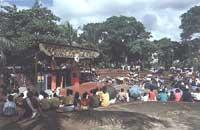
Geographical observations
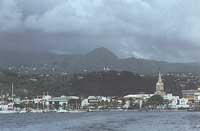
This island, of 1,102 square kilometers, is longer than the extensive one. It is one of the islands of the Lesser Antilles, with the island Dominica to the north and the island of Saint Lucia to the south. Like all the islands in the area it is of volcanic origin.
To the north of the island are the highest mountains, among which stands “Mon Pelee”. Stands out in the landscape a height of 1.397 meters. In this mountainous north predominates the rainforest, with perfectly preserved humidity.
“Mon Pelee” rarely appears clean, usually curbs the clouds in the area. Consequently, the north of the island is rainy.
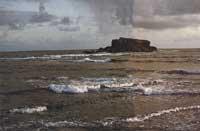
The south is savannah and much drier than the north.
The capital of Martinique is Fort-de-France, where 200,000 people live. The other 130,000 people live scattered on the island forming small towns. However, cities such as Sainte-Marie, Le Robert, Le Francois to the east; Saint Pierre, Schoelcher, Fort-de-France and Bellefontaine to the south, Rivière-Pilote and Saint Lucia stand out.
On the south-eastern coast there are large coral formations. These formations allow hundreds of meters to travel inland without covering the waters.
Society as a reflection of history
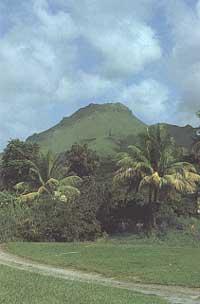
Columbus arrived on this island in 1502, but it was colonized by the French. XIX. Despite the English occupation of the beginning of the century, at the end of the war between France and England, the French regained power. Black slaves who existed at that time achieved freedom and triumphed on the island. Therefore, today black races predominate on the island and culturally life is French.
As for the population of origin, there are hardly any indications and this is very evident, especially for those who know other peoples of the Caribbean.
Economy

The traditional resources of the inhabitants of this island have been obtained thanks to agriculture. As in all of Central America, the land is rich, so anything can be grown in it. However, the most elaborate agricultural products are sugar cane, banana and pineapple. Avocados, oranges, grapefruit, mandarins, etc. They can be seen anywhere.
There are few industries, but, to name a few, those of cement and Romanian.
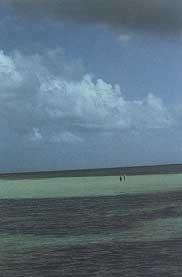
In recent years the administration is driving tourism. This has greatly improved the road network and created large hotel and service infrastructures.
This island is administratively French and its standard of living is similar to French. This has advantages and disadvantages for its inhabitants. Among the advantages we highlight the satisfaction of the minimum social needs and the social support offered by France. Among the disadvantages is its dependence on France. Having a high standard of living, labor is expensive and therefore export products (banana, sugar) are expensive. On the other hand, the economy generated by tourism is also a dependent economy, so the participation of the metropolis is essential to maintain the vital structure of Martinique.
As said, Martinika is a colony in which the economic infrastructure that has been built has largely mortgaged the possibilities of sovereignty.
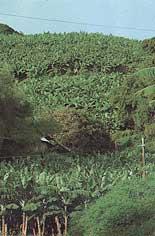

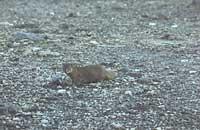
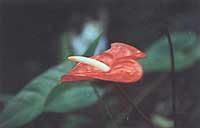

Gai honi buruzko eduki gehiago
Elhuyarrek garatutako teknologia




